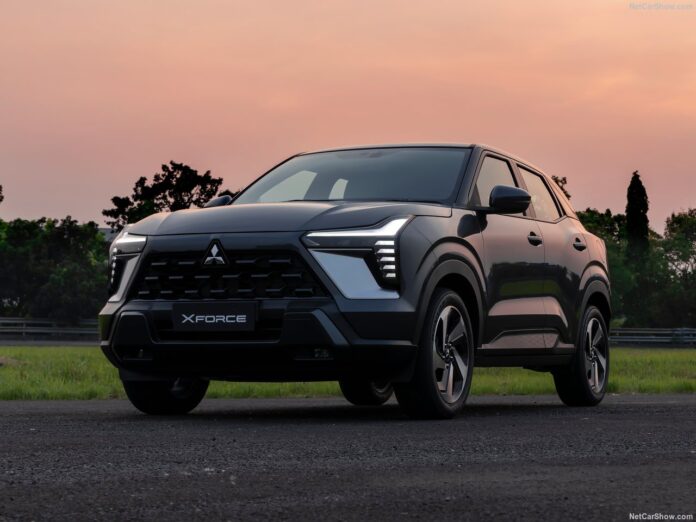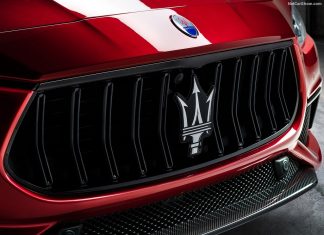New Zealand Car Market in 2025 mantains momentum. YTD sales up to August surged 13.5%, with MG growing 47% and eyeing a spot in the Top 5. EVs grew 10.9%, with BYD securing the leadership.
Economic Environment
In 2025, New Zealand’s economy is forecast to grow by 0.8%, recovering from a deep recession, with growth projected to strengthen to 1.7% in 2026, supported by lower interest rates and looser monetary policy. Headline inflation is expected to fall to 2.5% due to lower oil prices and growing labour market slack, while core inflation continues to decline gradually. Unemployment is projected to peak at 5.4% in late 2025 before easing as the recovery broadens. The Reserve Bank is expected to continue reducing the official cash rate to a neutral level of around 3%, and further if the expansion weakens. Fiscal consolidation is ongoing but may need to be slowed if growth stalls; the 2025 budget introduced the “Investment Boost” to support capital formation and raise productivity.
The recovery remains fragile, with subdued private consumption and investment, softening tourism, and risks from rising global trade tensions, especially following a new 10% U.S. tariff on imports, which could pressure New Zealand’s beef exports and reduce export prices. Electricity prices remain high, curbing industrial activity and investment. Despite strong exports and buoyant migration in 2024, external demand is weakening, and trade policy uncertainty is weighing on business confidence.
Automotive Industry Trend and Outlook
After the negative performance reported in 2024 and in the first months of the year, New Zealand’s vehicle market showed sustained growth in 2025, growing 13.5% up to August 2025 and totaling 60,350 units.
Brand-wise, Toyota was still the leader with a 20.6% share (+15.1%), while Mitsubishi followed in 2nd with a 10.1% share (+3.8%). Kia ranked 3rd (+3.2%), followed by Suzuki in 4th (-11.9%).
Mazda -up 2 spots- ranked 5th (+23.8%), followed by MG -up 3 spots- in 6th (+47%), Ford -down 1 spot- in 7th (-4.3%), and Honda in 8th (+22.5%).
Hyundai ranked 9th (-7.1%), while Great Wall closed the top 10 (+17.2%).
Looking at specific models, reported in the dedicated article, the Toyota RAV4 was still best seller (+21%), followed by the Mitsubishi Eclipse Cross, which rose 12 spots and gained 245%.
EV Market Trend and Outlook
Following recent shifts, EVs grow steadily in New Zealand. The termination of the Clean Car Rebate and the introduction of road user charges (RUC) for EVs reduced financial incentives for potential buyers. Still, EVs gained 10.9% up to August 2025 to reach a share of 15% on the total.
BYD rose to leadership, up 63.1% and 2 spots. Tesla followed in 2nd growing 14% while MG ranked 3rd, declining 44.4% and dropping 2 spots.
Medium-Term Market Trend
New Zealand’s passenger car market gained strong momentum early in the 2014–2024 decade. It began at 90,626 units in 2014. Between 2014 and 2017, the market steadily expanded, reaching a peak of 156,012 units, an impressive 72% increase over four years. In 2018, the market began to cool due to saturation and post-boom correction, resulting in a 30.5% drop in registrations.
This downward trend continued, and when COVID-19 struck in 2020, the market weakened further, bottoming out at just 80,849 units. Despite pandemic disruptions, 2021 brought a strong 38.7% rebound in car sales, signaling resilience and underlying consumer demand in the sector. 2022 followed with continued growth, though modest at 3.8%, reaching 116,451 units, but signs of market fatigue began to appear.
The anticipated slowdown arrived in 2023, with car sales falling 5.2%, and worsened in 2024, plunging 20.8% to 87,435 units. This steep drop reflected rising interest rates, eroding purchasing power, and the end of popular clean vehicle incentives like the Clean Car Discount. EV adoption in New Zealand remained limited until 2021 due to cost, model range, and weak charging infrastructure across regions.
Momentum shifted in 2022 as EV registrations surged by 148.7%, driven by subsidies and growing environmental awareness among consumers. The trend continued in 2023 with another 56% rise, reflecting strong government backing and expanding EV model availability from global automakers. But in 2024, the EV market faltered, contracting by 27.1% as policy support waned and Road User Charges were introduced.
Tables with sales figures
In the tables below we report sales for all Brands and top 10 Manufacturers Group.











